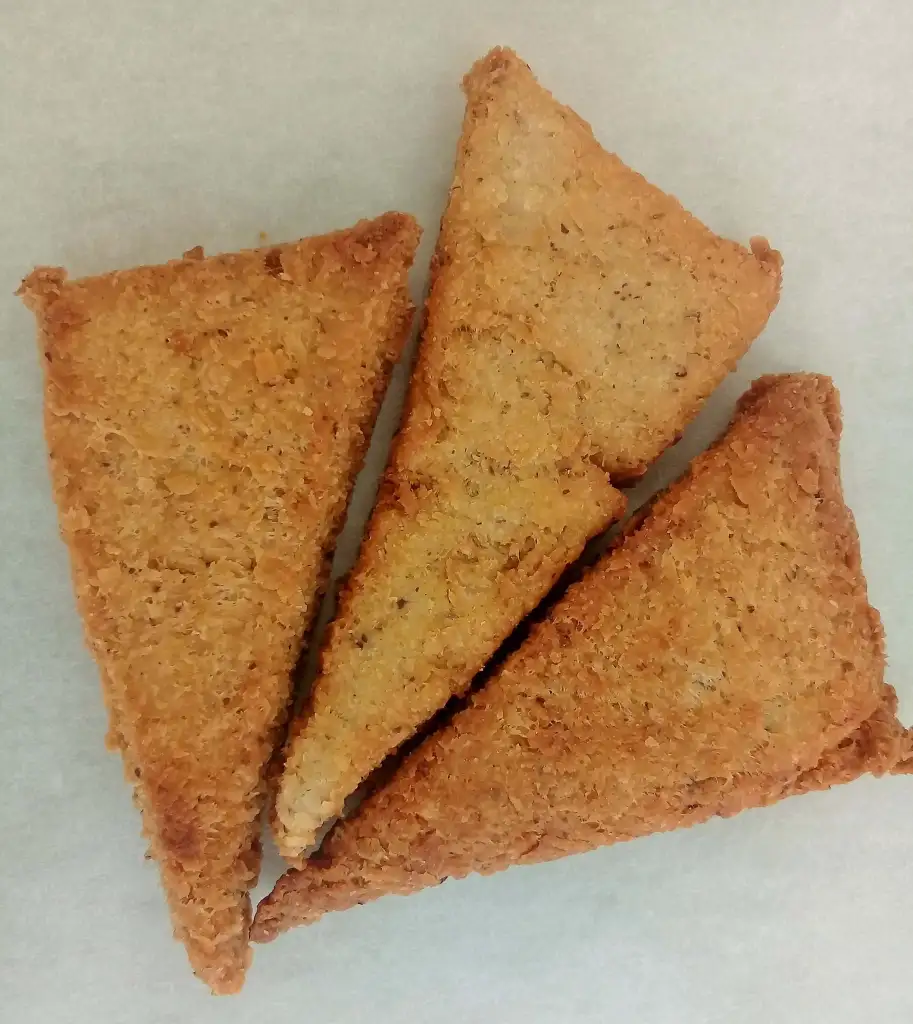Explore the Recipe for making Ghanian Atsoomo and POLOO – Ingredients and Special Flavors
Atsoomo, also known as Atɔmɔ or Etɔmɔ, is a traditional Ghanaian dish that is popular among the Ga-Dangme people, especially in the Greater Accra Region. It is a delicious soup made from groundnuts (peanuts) and usually served with rice balls, plantains, yams, or other starchy staples. Here’s a basic recipe for Atsoomo:
Atsoomo Recipe:
Ingredients:
For the Groundnut Paste:
- 1 cup roasted groundnuts (peanuts), peeled
- 1 medium-sized onion, chopped
- 2-3 tomatoes, chopped
- 1 tablespoon tomato paste (optional)
- 2 cloves of garlic, minced
- 1 inch ginger, grated
- 2-3 hot peppers (adjust to taste)
- Water
For the Soup:
- 1 pound chicken or meat of your choice, cut into pieces
- 2 medium-sized onions, finely chopped
- 2-3 tablespoons palm oil
- 1 teaspoon dried fish powder (optional)
- Salt and pepper to taste
- Water
Instructions:
Preparing the Groundnut Paste:
- Roast Groundnuts:
- Roast the groundnuts until they are golden brown. Allow them to cool, then peel off the skins.
- Blend Groundnuts:
- In a blender or food processor, blend the roasted and peeled groundnuts along with chopped onion, tomatoes, garlic, ginger, and hot peppers. Add water gradually to achieve a smooth paste.
- Cook Groundnut Paste:
- In a pot, heat palm oil and sauté the finely chopped onions until translucent. Add the groundnut paste and tomato paste (if using). Cook on medium heat, stirring constantly to prevent burning.
- Prepare Meat:
- In a separate pot, cook the chicken or meat with salt, pepper, and water until tender. Drain any excess water.

- Combine Meat and Groundnut Paste:
- Add the cooked meat to the pot with the groundnut paste. Stir well and let it simmer for about 15-20 minutes. Adjust the seasoning if necessary.
- Optional Dried Fish Powder:
- If using dried fish powder, add it to the soup for additional flavor. Stir well.
- Serve:
- Atsoomo is traditionally served with rice balls, but you can also enjoy it with plantains, yams, or other starchy staples.
Atsoomo is a hearty and flavorful dish that showcases the rich taste of groundnuts. Adjust the ingredients and seasoning according to your taste preferences.
POLOO – Famous Street Ghanian Fried Coconut Dough Snack Recipe
Poloo, its pronunciation as POW-LOW and its origin in the Fante region. It’s always interesting to learn more about the cultural context and the origin of traditional dishes.
The description of Poloo as fried coconut dough, made with a mixture of bread flour, sugar, and freshly grated coconut fruit, gives a clear idea of its ingredients and preparation method. The flaky texture, slightly toasted coconut aroma, and sweet, coconutty taste make it a delightful treat for those who enjoy the combination of coconut and fried dough.
Culinary traditions often carry a rich history and cultural significance, and it’s fascinating to explore the stories behind popular dishes like Poloo. If you have any more insights or details to share, feel free to provide them!
Poloo – Fried Coconut Dough Recipe:
Ingredients:
- 1 matured coconut fruit (known as kube dwe)
- 1 1/2 – 2 cups (180g – 240g) bread flour
- 1/4 cup (50g) granulated sugar (adjust to taste)
- 1/4 teaspoon salt
- Pinch of nutmeg
- Odorless oil for frying

Instructions:
- Prepare Coconut:
- Crack open the matured coconut fruit, remove from shells, and wash. Pulse the coconut into fine bits using a food processor or blender.
- Blend Ingredients:
- In the blended coconut, add sugar, salt, and nutmeg. Blend together. Add bread flour gradually, starting with 180g, until the dough is slightly tough and not sticky.
- Roll and Cut Dough:
- On a floured surface, roll the dough into about 1/4 inch thickness, typically in a square shape (about 8 by 8 inches). Cut the dough into the desired size.
- Heat Oil:
- Heat odorless oil in a deep fryer. When hot, fry the Poloo dough until it turns golden brown.
- Serve Warm:
- Poloo is best enjoyed warm.

Additional Notes:
- Test if the oil is hot by putting in a wooden ladle; if it bubbles around it, the oil is ready.
- Adjust the sugar quantity based on your sweetness preference.
- Fresh coconut provides enough moisture; there’s no need to add water during mixing.
This recipe offers a wonderful way to make Poloo at home, capturing the essence of this popular Ghanaian street snack.
